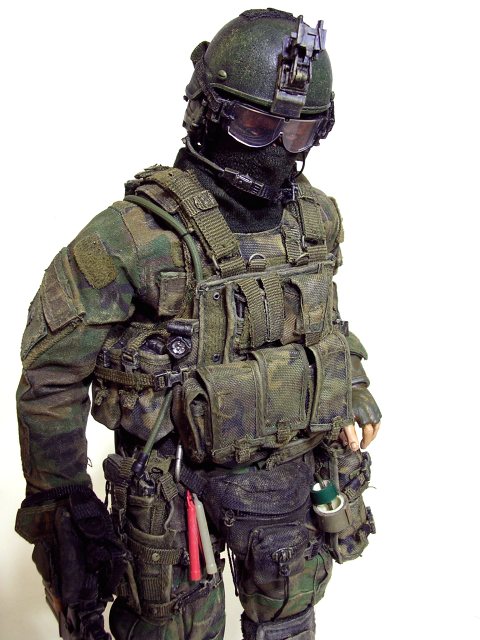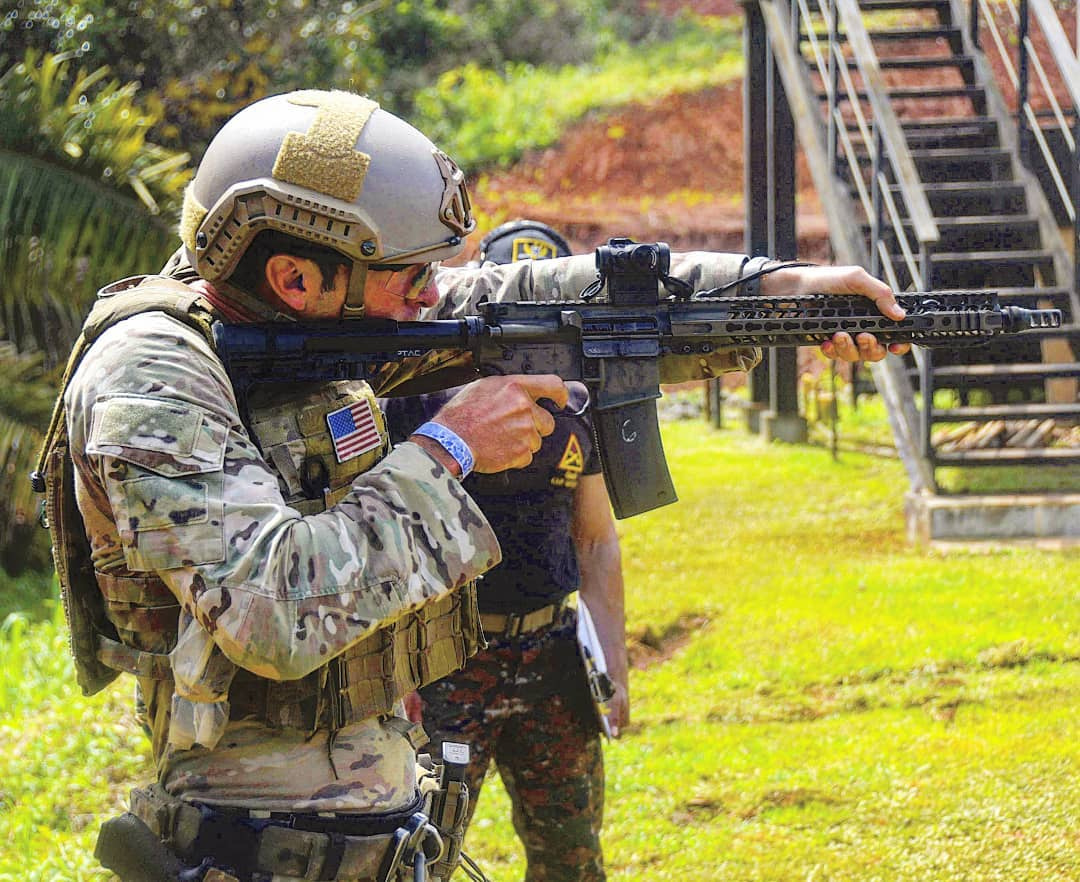

In the Battle of Nagashino (1581), Oda Nobunaga is said to have ordered his newly-created professional army to fire by rank - one of the three lines would shoot, while the others ducked and reloaded to create a steady rain of fire. To supplement this new level of group solidarity, Oda Nobunaga introduced distinctive uniforms to foster an esprit de corps among his red and black troops. By making the ashigaru regular troops, he gave them the status of full-time soldiers. This adaptation alone transitioned Japanese warfare away from individual hand-to-hand tactics, towards disciplined group movements, while also beginning the shift away from the samurai as the sole military class.

He organized the ashigaru into units and trained them until they were adept at group maneuvers. Ashigaru were traditionally peasant foot soldiers, but he armed them with long spears and either guns or bows. Oda Nobunaga also replaced the cavalry (who were traditionally armed with bows and swords) using the ashigaru as regular troops instead.

Military Reforms: A Professional Army Depiction of ashigaru using shields, 19th century, via The Daily Star The seaborne cannons continually bombarded Nagashima’s watchtowers, allowing Nobunaga’s land forces to conduct a three-pronged attack that forced the defenders into the inner outposts, which Nobunaga then set ablaze.

For example, he used cannons to aid the third siege against Nagashima (1574), which he blockaded from both land and sea. These innovations in firepower can be seen in any of his campaigns after 1570, which all largely centered around the strategic use of firearms. He was also the first to use them on a large scale for both offense and defense. While cannons were already being used by pirates, Nobunaga was the first to transition to using them on land. He later imported saltpeter to produce gunpowder and he established manufacturing centers for artillery, ammunition, and cannons. When a young man in 1549, Nobunaga armed 500 warriors with matchlock muskets. Perhaps most importantly, he was among the first to recognize the advantages of guns - particularly, the matchlock and harquebus, the latter of which was introduced to Japan in 1543 by Portuguese traders. Oda Nobunaga changed Japanese warfare primarily through his impressive innovations that spanned everything from weaponry to unit deployment to tactics. Weaponry Innovations: The Introduction of Firearms Untitled, drawing by Utagawa Kuniyoshi, 1855, via The Daily Star A particularly notable battle occurred at Nagashino (1581), when Oda Nobunaga used firearms to devastate the powerful Takeda clan. While hunting the Ikkō-ikki, he also eliminated enemy daimyos (feudal lords), one by one. The Honnō-ji Incident,by Watanabe Yosai Nobukazu, via Hideyoshi and Kiyomasa Memorial Museumīy 1574, Nobunaga’s forces were such that he could conduct separate campaigns simultaneously. Numerous conflicts later, the Ikkō -ikki were finally crippled by the surrender of Hongan-ji Temple in 1580. It wasn’t until the third siege attempt in 1574 that he finally eliminated the faction at Nagashima. The Ikkō-ikki were a Buddhist sect of peasant farmers, Hongan-ji monks, priests, and local nobles who rejected samurai rule. The same year, he launched the decade-long Ikkō-ikki campaign by besieging the fortress of Nagashima for the first of three times. He appears to have taken personal delight in targeting the Tendai sect of Japanese Buddhists - who held significant political and religious power at the Enryakuji monastery - at the siege of Mount Hiei (1571).
#Oda military full#
Eventually, he exiled Yoshiaki in 1573 and assumed full power. He began restricting Shogun Yoshiaki’s powers until he was little more than a puppet and he used him to justify his own conquest of uncooperative clans. At this point, Nobunaga was offered the position of kanrei, deputy shogun, but he refused in favor of grasping total control. A year later, he helped Ashikaga Yoshiaki seize the shogunate by ousting the Rokkaku and Miyoshi clans and taking over Kyoto. Oda Nobunaga‘s unification campaigns began with his victory over the Saito clan in 1567. Nobunaga: Japan’s First “Great Unifier” Oda Nobunaga’s Last Stand, by Tsukioka Yoshitoshi, 1878, Library of Congress, Washington


 0 kommentar(er)
0 kommentar(er)
